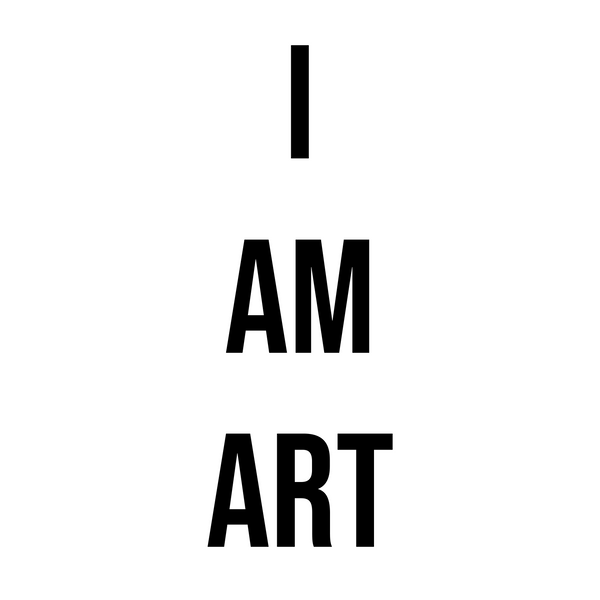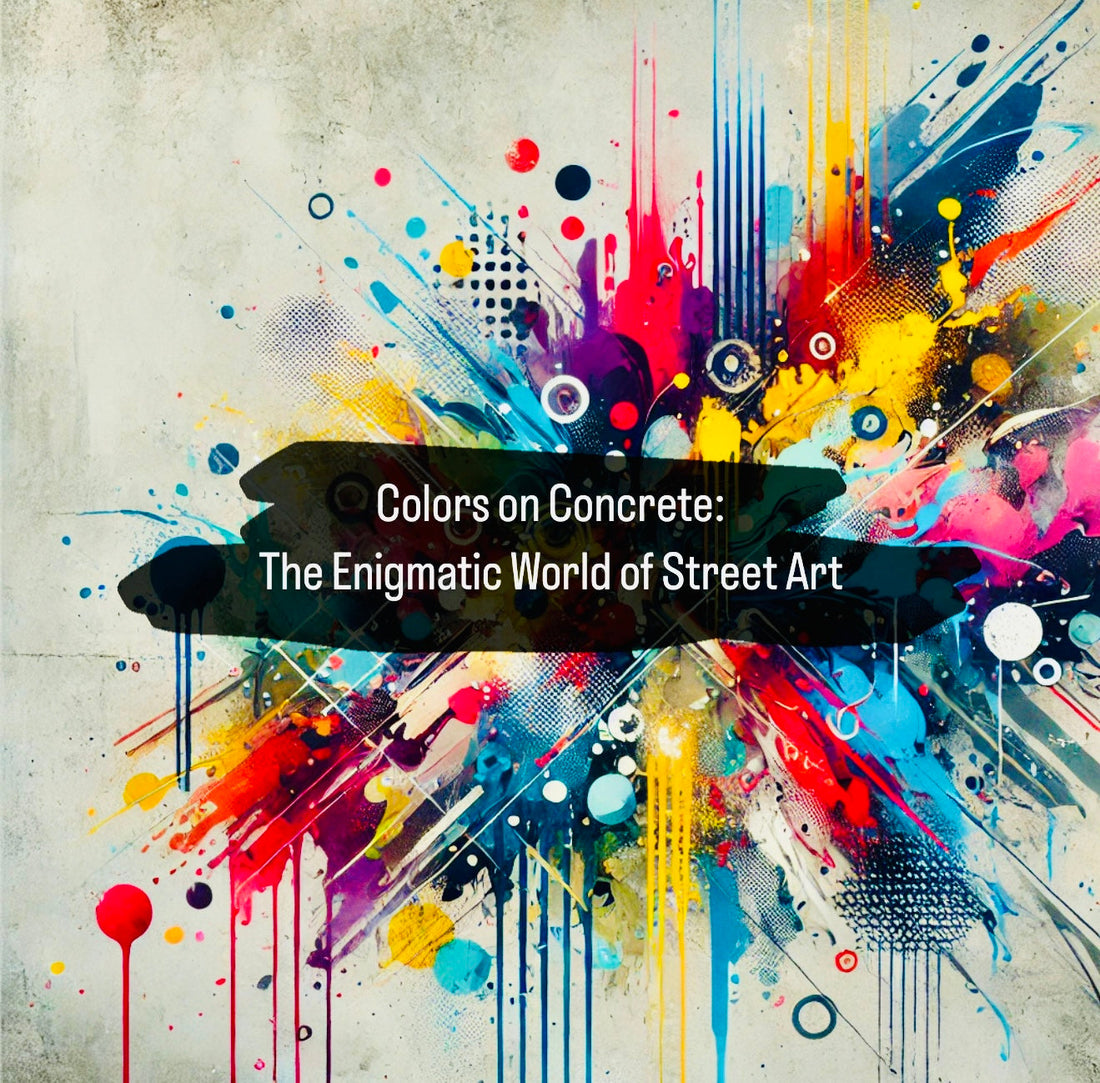Introduction:
In the bustling urban landscapes of cities worldwide, an underground art form has burst forth, turning concrete jungles into vibrant canvases of self-expression. Street art, once considered a rebellious act of defacement, has evolved into a respected and powerful medium that speaks volumes about culture, identity, and the pulse of contemporary society. Join us as we explore the captivating world of street art, where creativity knows no boundaries.
A Canvas of Concrete:
Street art transforms mundane city surfaces into captivating artworks that challenge the status quo. From towering skyscrapers to narrow alleyways, every inch of the urban environment becomes a canvas for artists to communicate their thoughts, emotions, and social commentary. The streets, once blank and indifferent, now resonate with the voices of these urban artists.
The Diversity of Styles:
One of the most enchanting aspects of street art is its diverse range of styles and techniques. From the politically charged murals of Banksy to the colorful geometric patterns of Shepard Fairey, street artists employ a myriad of approaches to convey their messages. Stencils, wheat-pasting, murals, and 3D installations—all contribute to the rich tapestry of street art, creating an ever-changing outdoor gallery.
Political and Social Commentary:
Street art has the power to act as a megaphone for marginalized voices and a canvas for social change. Many street artists use their work to address pressing issues such as inequality, environmental concerns, and political corruption. The streets become a democratic space for discourse, allowing artists to engage with a broad audience and provoke thought on matters that often go unnoticed.
The Anonymity and Mystery:
Street art is often shrouded in anonymity, with artists adopting pseudonyms to keep their identities hidden. This sense of mystery adds to the allure of the art form, leaving viewers intrigued and curious. Banksy, arguably the most famous street artist, has successfully maintained his anonymity, contributing to the enigmatic allure of his thought-provoking works.
Interactive and Ever-Changing:
Unlike traditional art forms confined to galleries, street art is inherently interactive and ever-changing. Passersby become unwitting participants in the artistic experience, engaging with the art on a daily basis. The transient nature of street art, subject to weather, decay, or even intentional removal, adds an ephemeral quality, reminding us that beauty can be found in impermanence.
Legal Challenges and Acceptance:
While street art has gained widespread acclaim, it often treads a fine line between artistic expression and vandalism. Legal challenges persist, and artists may face consequences for their work. However, many cities are recognizing the value of street art in revitalizing neighborhoods and fostering cultural identity. Street art festivals and sanctioned mural projects are becoming increasingly common, providing a platform for artists to create within legal boundaries.
Conclusion:
Street art is a dynamic and ever-evolving testament to the power of creativity to transform urban spaces and captivate the hearts and minds of a diverse audience. From political statements to aesthetic beauty, street art transcends traditional artistic boundaries, challenging our perceptions and injecting life into the concrete veins of our cities. As we navigate the streets, let's embrace the vibrant stories and diverse voices that emerge from the colorful tapestry of street art.
'I don't do ART... I AM ART!'
@Artist_One
#IAMART

